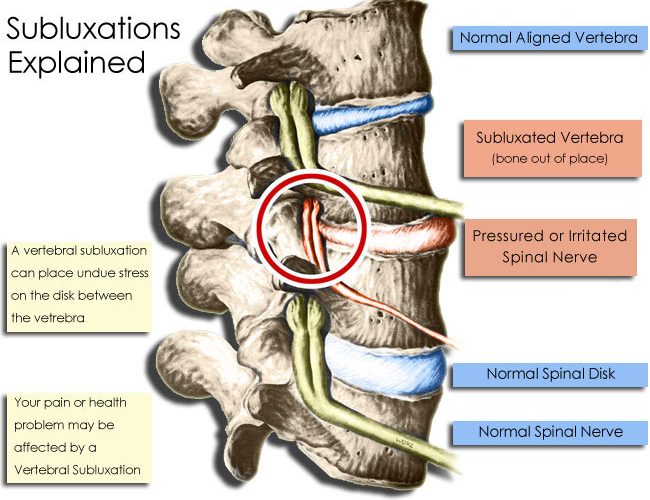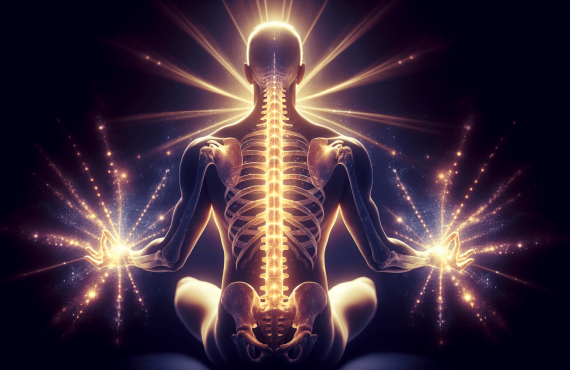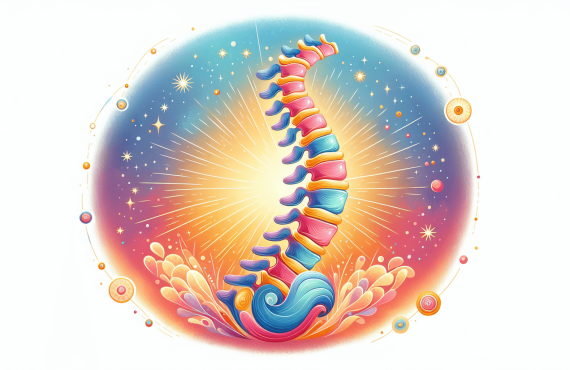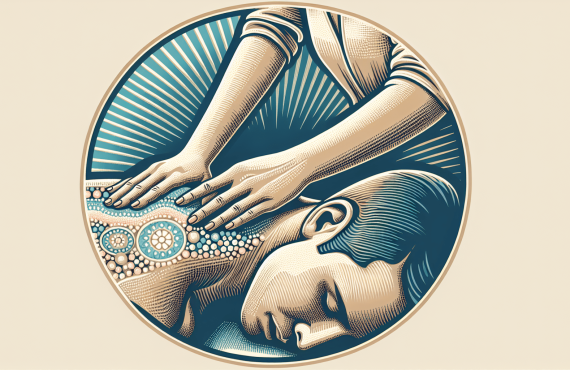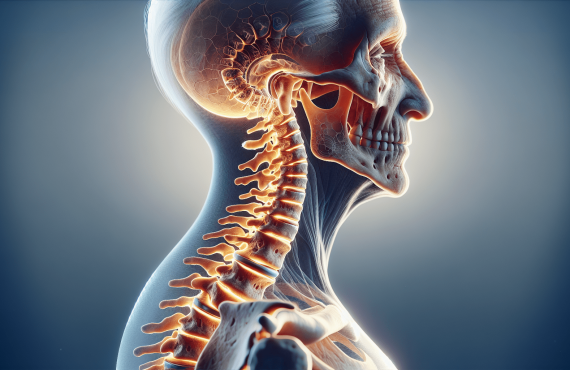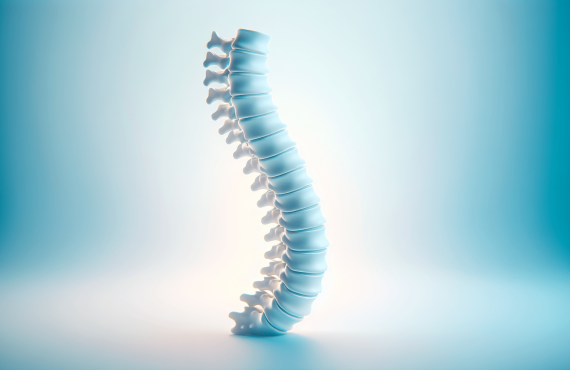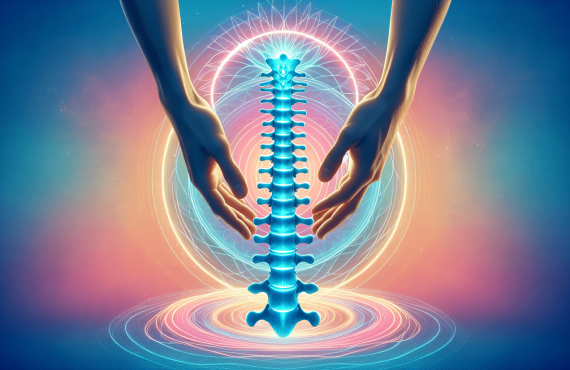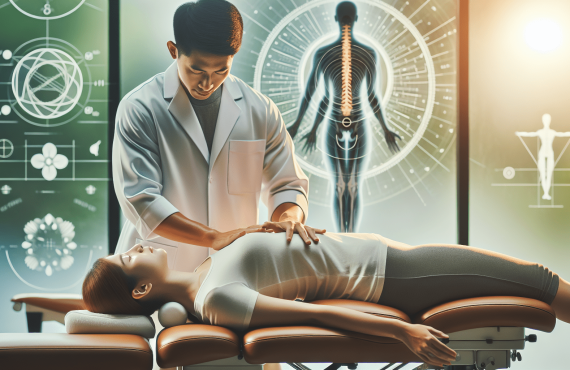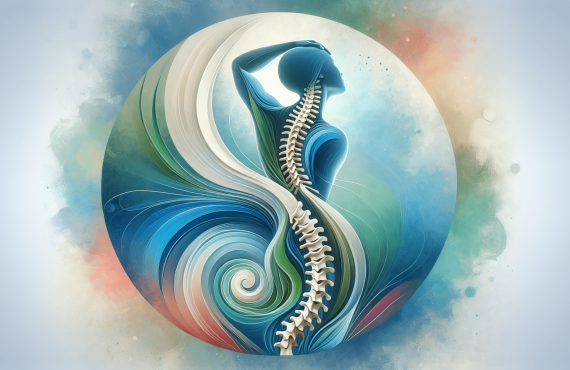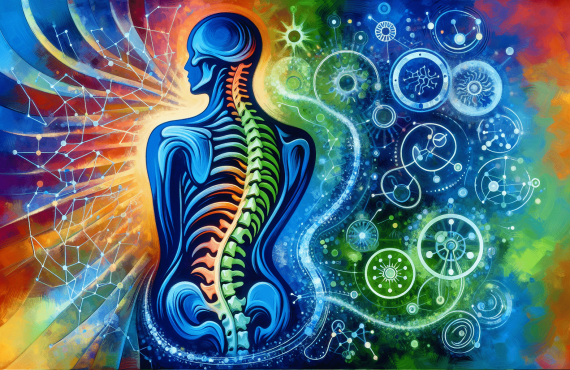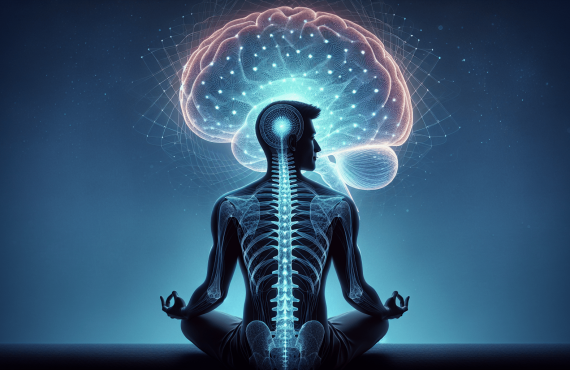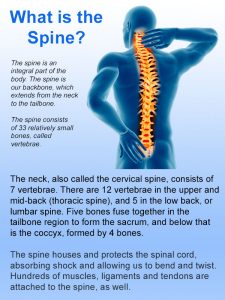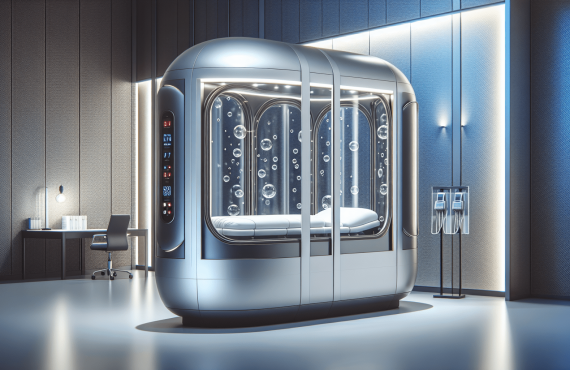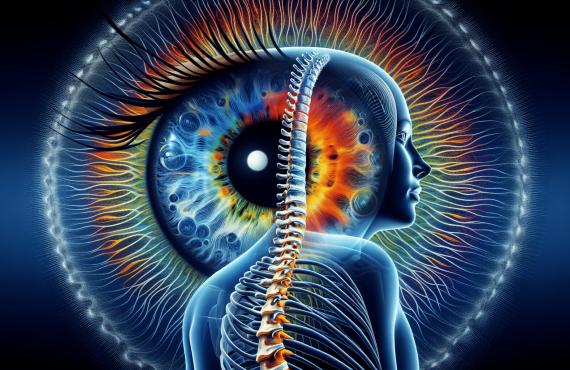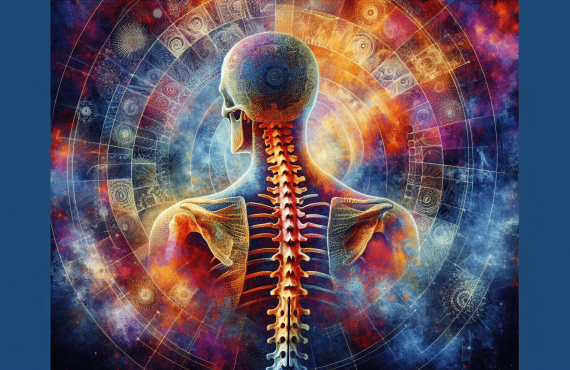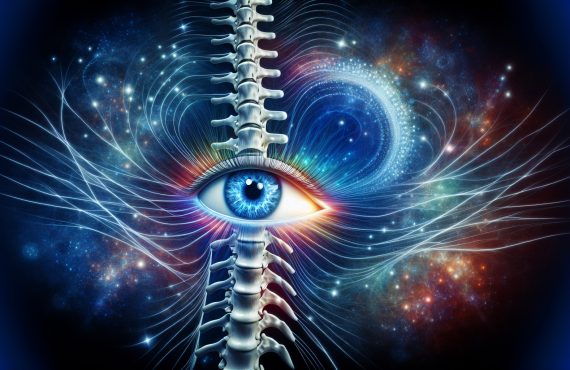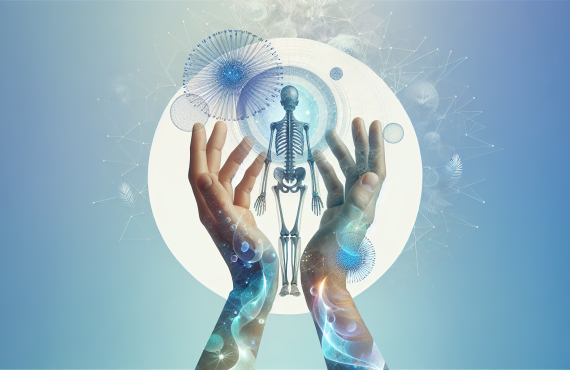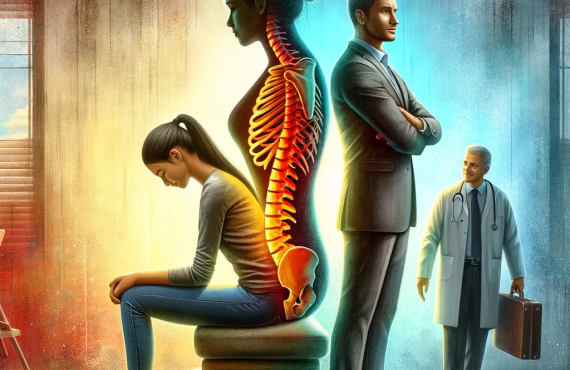If you’re seeking to understand spinal subluxation, then you’ve come to the right place. At Henry Chiropractic in Pensacola, FL, Dr. Craig Henry and his team are dedicated to improving health and wellness through chiropractic care. Back pain, neck pain, or simply wanting to wake up feeling better in the morning – they can help you. In addition to Dr. Henry, there’s also Dr. Aaron Hixon, a board-certified chiropractor who shares the same passion for helping others. With their expertise in various chiropractic techniques, rest assured that you’re in good hands. So, let’s dive into the world of spinal subluxation and uncover its significance.
Table of Contents
What is Spinal Subluxation?
spinal subluxation refers to the misalignment of the vertebrae in the spine, which can lead to various health issues. It occurs when one or more of the vertebrae become displaced or move out of their normal position. This misalignment can result in pressure on the nerves that branch out from the spinal cord, disrupting their normal function.
Causes of Spinal Subluxation
There are several factors that can contribute to the development of spinal subluxation. Poor posture, repetitive movements, trauma or injury to the spine, and even stress can all play a role in causing misalignments in the vertebrae. Additionally, lifestyle factors such as sedentary behavior, obesity, and improper lifting techniques can increase the risk of spinal subluxation.
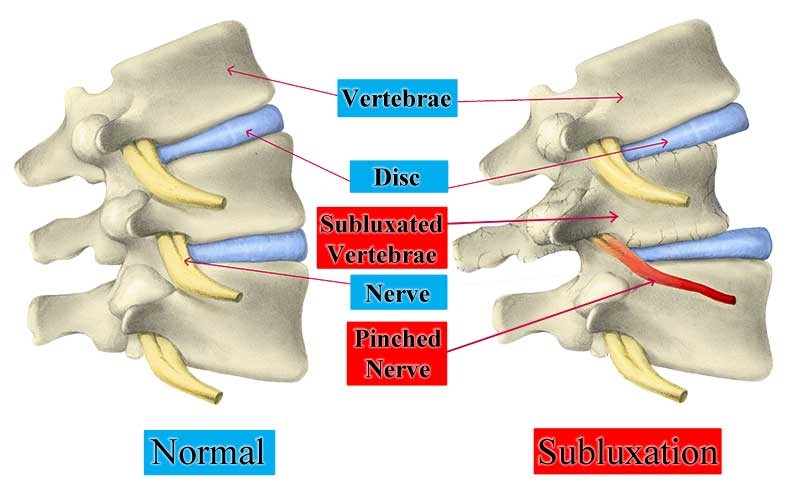
This image is property of drterlep.com.
Signs and Symptoms
The signs and symptoms of spinal subluxation can vary depending on the location and severity of the misalignment. Common symptoms include back or neck pain, stiffness, muscle spasms, reduced range of motion, headaches, and tingling or numbness in the extremities. Some individuals may also experience fatigue, dizziness, or difficulty concentrating due to the impact on the nervous system.
Effects on the Nervous System
Spinal subluxation can have significant effects on the nervous system, which serves as the communication network between the brain and the rest of the body. When the vertebrae become misaligned, they can put pressure on the nerves that transmit messages to and from the brain. This can disrupt the normal flow of information and result in various health issues throughout the body, including pain, organ dysfunction, and impaired overall well-being.

This image is property of orlandocityhealth.com.
Diagnosis
To diagnose spinal subluxation, a comprehensive evaluation by a chiropractor is necessary. They will perform a thorough physical examination, including assessing the patient’s posture, range of motion, and spinal alignment. Additionally, they may order diagnostic imaging such as X-rays or MRI scans to get a clearer picture of the spinal misalignments and determine the most appropriate course of treatment.
Chiropractic Treatment for Spinal Subluxation
Chiropractic care offers a non-invasive and drug-free approach to treating spinal subluxation. Chiropractors specialize in spinal adjustments, which involve applying gentle force to the vertebrae to correct their alignment. By restoring proper alignment and mobility to the spine, chiropractic adjustments can alleviate the pressure on the nerves and facilitate the body’s natural healing process.

This image is property of www.dallaswellnesscenter.com.
Techniques Used in Chiropractic Treatment
Chiropractors use a variety of techniques to address spinal subluxation, depending on the patient’s individual needs and preferences. Some common techniques include:
-
Diversified Technique: This is the most commonly used chiropractic technique, which involves manual adjustments using the chiropractor’s hands.
-
Gonstead Technique: This technique focuses on specific areas of the spine and uses hand adjustments to realign the vertebrae.
-
Instrument Assisted Soft Tissue Mobilization (IASTM): This technique involves using specialized tools to apply controlled pressure to the soft tissues surrounding the spine, helping to release tension and restore proper function.
-
Myofascial Release Technique (MRT): This technique targets the myofascial tissues to release tension and promote healing.
These are just a few examples of the techniques chiropractors may use to treat spinal subluxation. Each technique is tailored to the individual patient to ensure the most effective and comfortable treatment experience.
Benefits of Chiropractic Care for Spinal Subluxation
Chiropractic care offers numerous benefits for individuals with spinal subluxation. Some of the key benefits include:
-
pain relief: By realigning the vertebrae and reducing pressure on the nerves, chiropractic adjustments can help alleviate back and neck pain, as well as other associated symptoms.
-
Improved Function: Restoring proper spinal alignment can enhance the overall function of the nervous system, allowing the body to communicate and coordinate more effectively.
-
Enhanced Well-being: Many patients experience improved energy levels, better sleep, and an overall sense of well-being following chiropractic treatment for spinal subluxation.
-
Non-invasive Approach: Chiropractic care offers a non-invasive and drug-free alternative to traditional medical interventions, making it a safe and natural option for many individuals.

This image is property of www.drgregorywilson.com.
Preventing Spinal Subluxation
While it may not always be possible to prevent spinal subluxation entirely, there are steps you can take to reduce your risk and promote a healthy spine. Maintaining good posture, practicing regular exercise, engaging in strength training exercises to support the spine, and avoiding repetitive motions or excessive strain on the back are all beneficial for spinal health. Additionally, incorporating stress-reduction techniques such as mindfulness or yoga can help minimize the negative effects of stress on the spine.
When to See a Chiropractor
If you are experiencing symptoms of spinal subluxation, it is recommended to schedule an appointment with a chiropractor. They can assess your condition, provide a diagnosis, and develop a personalized treatment plan to address your specific needs. Additionally, routine chiropractic care, even in the absence of symptoms, can contribute to maintaining a healthy spine and supporting overall well-being.
Dr. Craig Henry and Dr. Aaron Hixon at Henry Chiropractic in Pensacola, FL, are experienced chiropractors who specialize in treating spinal subluxation. They are dedicated to providing individualized care and helping their patients achieve optimal spinal health. If you are in the Pensacola area and in need of chiropractic care, consider reaching out to Henry Chiropractic to schedule a consultation and start your journey towards a healthier spine.


